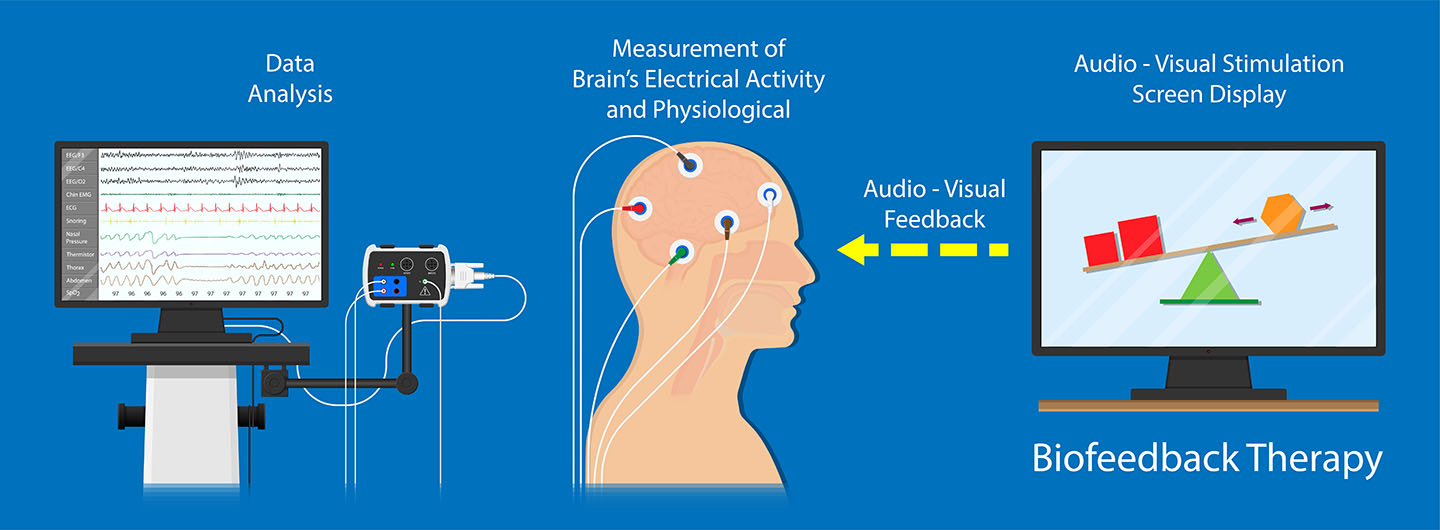Utilizing the Power of Bio-Feedback to Transform Persistent Pain Management and Improve Quality of Life
Utilizing the Power of Bio-Feedback to Transform Persistent Pain Management and Improve Quality of Life
Blog Article
Persistent pain is a syndrome that impacts millions of people across the world. It can be triggered by multiple factors, including traumas, diseases, or even stress. For many patients, managing chronic pain can be a constant struggle that impacts their quality of life. Traditional treatments often consist of medications, physical therapy, and occasionally surgery. However, these approaches do not always provide the alleviation that individuals seek. Lately, biofeedback has emerged as a potential option for controlling chronic pain and improving overall health.
Biofeedback is a technique that teaches patients how to control specific bodily functions by utilizing signals from their own physiology. This method includes using sensors that track physiological responses such as heart rate, muscle tension, and skin temperature. By providing immediate feedback, patients can discover to recognize their body's reactions to pain and stress. This consciousness allows them to formulate strategies to manage their pain more efficiently. For example, if a patient observes that their muscle tension rises when they are in pain, they can utilize relaxation strategies to help reduce that tension.
One of the key advantages of biofeedback is that it empowers individuals to take an proactive role in their pain control. Instead of depending solely on drugs or treatments from medical providers, patients can gain to comprehend and regulate their own bodies. This sense of control can lead to increased confidence and a more positive outlook on life. Many individuals report feeling more in charge of their pain and less like victims of their condition. This shift in mindset can significantly enhance their quality of life.
Research has shown that biofeedback can be effective in reducing chronic pain symptoms. Studies indicate that individuals who use biofeedback methods often undergo less pain and better physical ability. Additionally, biofeedback can help lessen anxiety and stress, which are frequent issues for those living with chronic pain. By addressing both the physical and emotional aspects of pain, biofeedback offers a holistic approach to pain management. This comprehensive method can lead to better outcomes for individuals, allowing them to engage more completely in their daily activities.
In conclusion, biofeedback is a valuable tool for transforming chronic pain management. By teaching biofeedback for holistic health patients to comprehend and regulate their physiological reactions, biofeedback enables patients to take charge of their pain. This approach not only helps reduce pain but also improves overall standard of life. As more people seek alternatives to conventional pain control methods, biofeedback emerges as a potential option. With continued research and awareness, biofeedback could become an integral part of chronic pain therapy, helping patients lead healthier, more fulfilling lives.